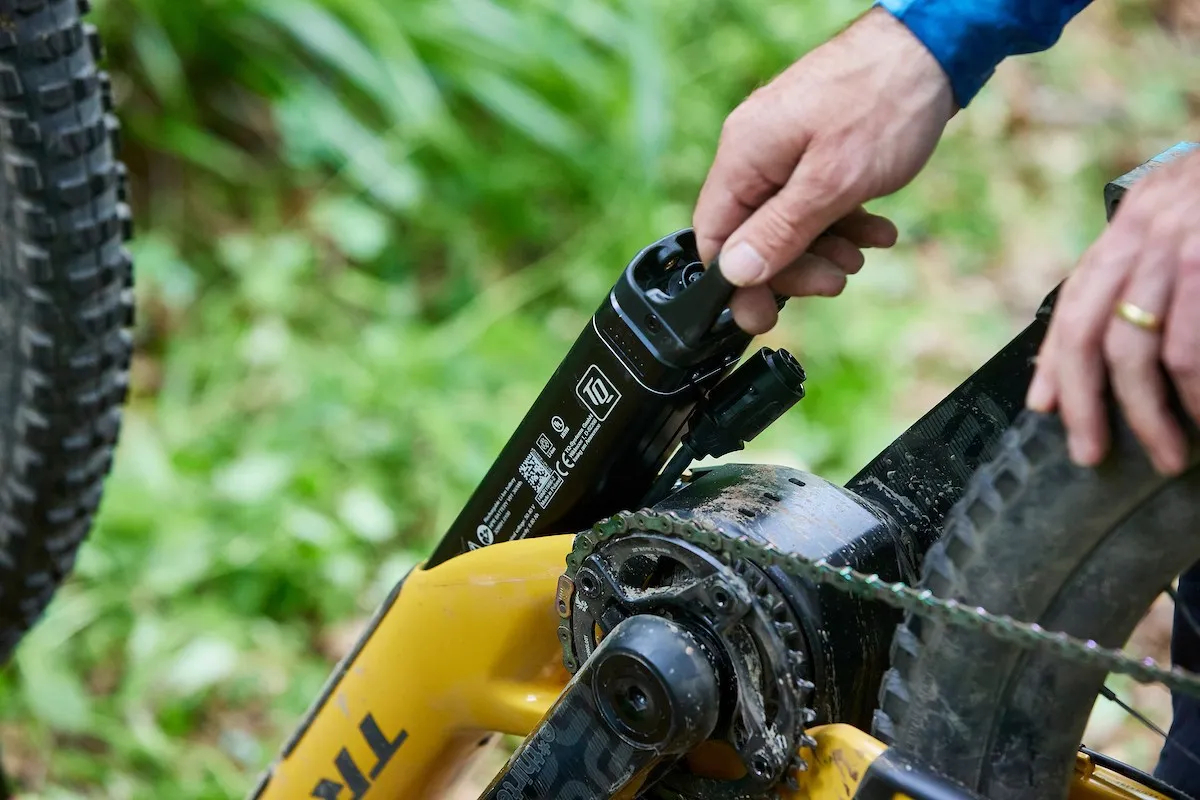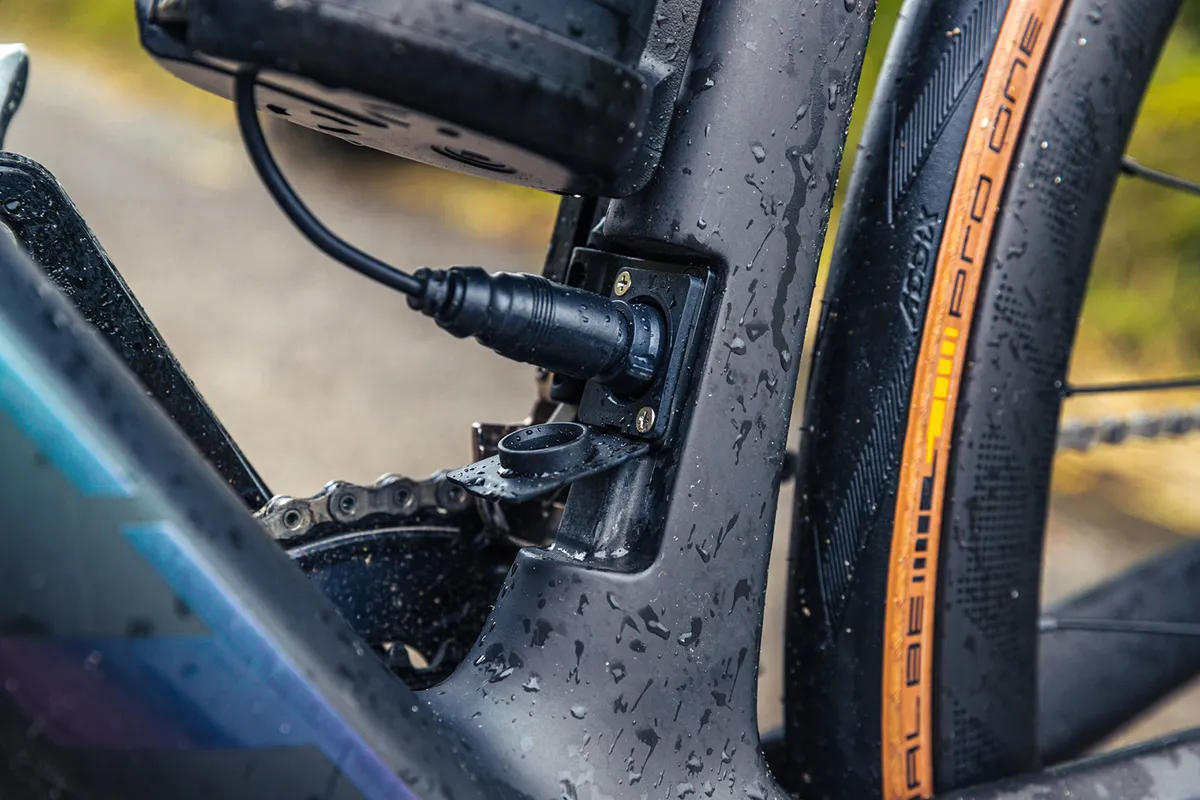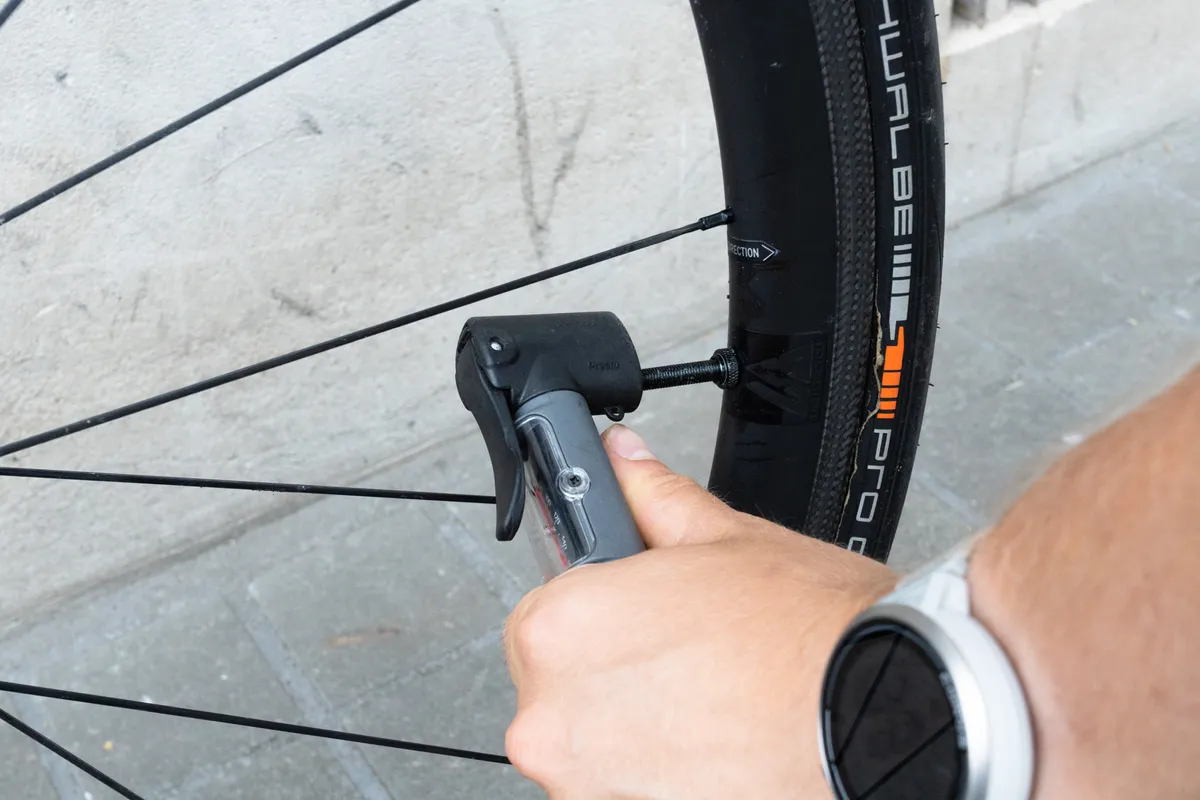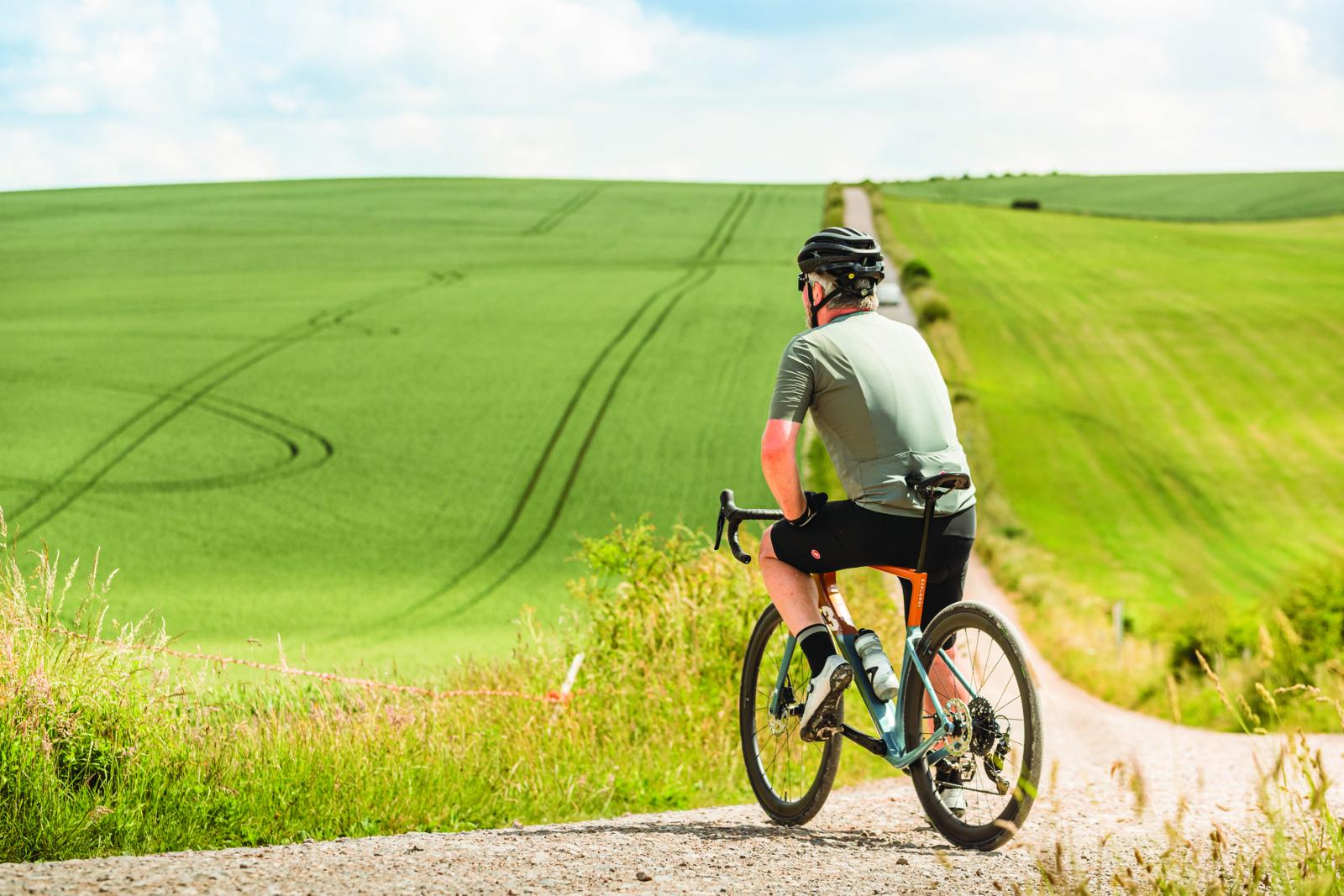I’ve lost count of the number of electric bikes I’ve ridden but, across e-road, gravel and urban bikes, it’ll be north of 200 since 2009.
Whether getting a little electric assistance on climbs, heading further off the beaten track than my legs would normally take me or making the 50-mile round trip to the office, I’ve learned a thing or two about ebike range – and how to get the most out of an electric bike’s battery.
In fact, I’ve learned more than a thing or two – and here are five tips based on more than 15 years of testing electric bikes.
Avoid extreme temperatures

Just like any battery, your ebike's battery will be affected by temperature changes.
Colder temperatures, especially in winter, slow down the chemical reaction in a battery, which reduces its ability to hold a charge. This can result in as much as a 20 per cent reduction in range.
To counter this, it's best to store your bike – or, more specifically, battery – in a warmer environment when it’s not in use.
Don’t leave your battery in place if you store your bike outside. Instead, if it’s removable, keep it indoors. Or stow your bike in a garage or shed, where it’ll have some protection from temperature drops.
Bosch recommends charging and storing your battery at room temperature, and then inserting it into the bike immediately before riding it.
Heightened temperatures can also have an adverse effect, so try to keep the battery cool where possible. For example, don’t leave your battery in direct sunlight or in a hot car. This can dry out any moisture within the cells, meaning the battery can overheat, which in turn can damage the cells and reduce the capacity in the long term.
If you're riding in extreme weather, take a break to let the battery cool down; park your bike up in the shade and wait a few minutes to reduce the battery temperature.
Bosch recommends an operating temperature of -5ºC (23ºF) to +40ºC (104ºF) for its drive unit and display, while Shimano extends this from -10ºC (14ºF) to 50ºC (122ºF).
It’s also best to charge the battery in a cool environment, too, so choose a cool, dry place away from any heat sources (don’t charge it next to a radiator, for instance).
Think about how you store your battery

When storing your battery for any extended time, make sure it’s at room temperature (Specialized recommends a temperature of around 15ºC / 59ºF). Again, this will help keep the lithium-ion cells in good working order.
Two situations, in particular, are to be avoided: storage below freezing with low charge, and storage above 27ºC / 80ºF when the battery is above 80 per cent charge.
If you’re not going to be using your bike for an extended period, perhaps stowing it over winter, leave the battery partially charged. Bosch recommends between 30 and 60 per cent.
Shimano says: “Remove the battery from the bicycle and ensure that the battery level is approximately 70% when storing."
Specialized recommends recharging the battery to around 60 per cent every three months, if it’s being stored for longer than this.
A fully charged battery left that way for an extended period can put pressure on individual cells, just as a fully depleted battery can leave individual cells vulnerable to damage when they are reactivated.
Learn how and when to charge it

When it comes to charging, it’s easy to think that, as soon as you’ve got in from a battery-draining ride, you should plug the bike in and get it recharging. Don’t.
Your bike's system will have generated a fair amount of heat as you’ve ridden, so, instead, leave your bike for around half an hour to let it return to ‘normal’ before charging. This will help to protect the battery.
Shimano says its batteries should only be charged when the temperature is between 0ºC (32ºF) and 40ºC (104ºF). Bosch says the same, and its batteries have a temperature monitor that only allows charging when the temperature is between this range.
Go light and go eco

It’s always tempting to use the motor on your ebike to its fullest, slamming it into turbo mode and getting the full-fat experience of the maximum torque going through the back wheel.
However, as you might expect, using the more powerful modes will run through battery reserves quicker and generate more heat, too, making the battery less efficient.
Use eco mode as often as you can. Or, on extended downhills, turn the motor off completely; it’ll add up to more range and less stress on the battery.
Similar thinking applies when it comes to what you take with you on a ride. Don’t be tempted to load up panniers or bags with countless extras, unless you need them, because that added weight will eat into the bike's range.
Dial in the tyre pressures

Getting your tyre pressures right will help improve your bike’s comfort, speed and battery range.
On the road, if the pressures are too high or too low, this will hamper performance with increased rolling resistance, and that will influence range.
For off-road and gravel riding, there’s a balance to be found to add comfort and grip.
Use one of the online tyre pressure calculators from the likes of Silca, Vittoria, SRAM or Wolf Tooth, each of which enable you to input your tyre size, wheels and riding conditions – along with the complete system weight (rider/bike/gear) – to find your optimal pressure.
And remember, electric bikes weigh more than non-electric bikes, and this will affect the ideal tyre pressures.





